|

On eBay Now...
Rare Antique French Preacher & Theologian Père Hyacinthe Sarony NY CDV Photo For Sale
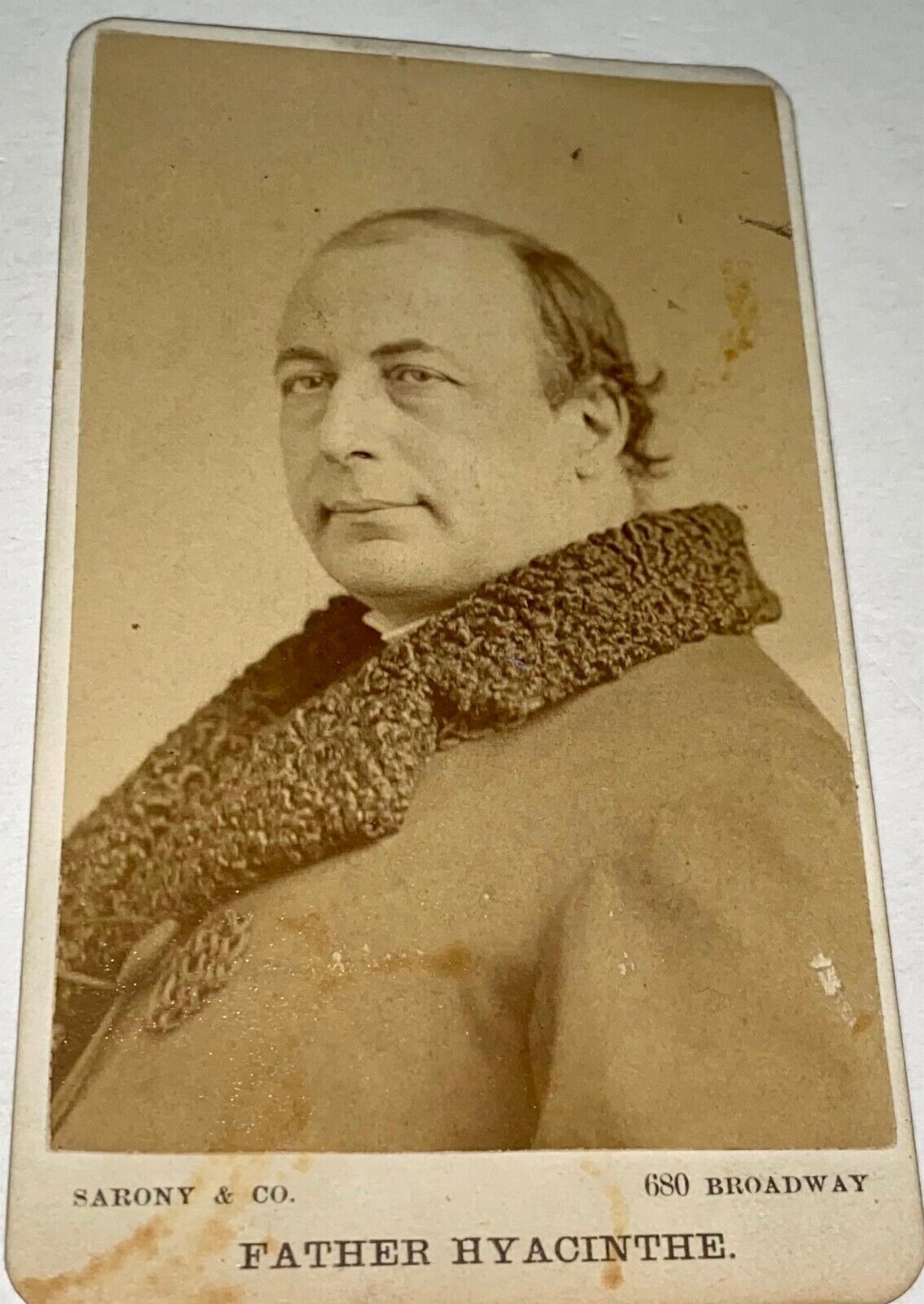
When you click on links to various merchants on this site and make a purchase, this can result in this site earning a commission. Affiliate programs and affiliations include, but are not limited to, the eBay Partner Network.

Rare Antique French Preacher & Theologian Père Hyacinthe Sarony NY CDV Photo:
$50.99
UP FOR SALE:Rare Antique French Preacher & Theologian Père Hyacinthe! Sarony NY CDV Photo!
Fantastic Antique Victorian American CDV Photograph!
Portrait of \"Father Hyacinthe\"
Photographer: SaronyLocation: New York City, NYDate: C.1870\'s
INFO:
\"Loyson was born in Orléans, France, on 10 March 1827.[2] He was baptised Charles Jean Marie; named after the poet Charles Loyson, his uncle.[3] He was educated in Pau, Pyrénées-Atlantiques, by private professors where his father was rector of the University. His mother was of the noble Burnier-Fontonel family of the Chateau de Reiquier, Savoy.[4] One brother, Jules Theodore Loyson, became a priest and professor at the Collège de Sorbonne in Paris,[1] and one sister became a nun.[3]
In 1845, entered the seminary of Saint-Sulpice, Paris and was ordained four years later. He successively taught philosophy at the seminary in Avignon, and theology at the seminary in Nantes and officiated in his ecclesiastical capacity at Saint-Sulpice. He eventually resigned his post to assume the vows of a friar of the Order of the Carmelites, taking the religious name of Hyacinthe. He then spent two years in the Carmelite convent in Lyon, and attracted much attention by his preaching at the Lycée in Lyons.[4][5]
As a preacher in Lyon and Bordeaux, Loyson acquired his reputation as the most effective pulpit orator of his day; and his success soon afterwards induced him to seek the more critical audiences of Paris, where Loyson further established his fame at the Église de la Madeleine and Notre Dame de Paris.[5] Mullinger wrote that Loyson\'s \"resonant voice and impassioned rhetoric possess, especially for his own countrymen, a powerful charm.\"[5] His eloquence drew all Paris to his Advent sermons in Notre Dame de Paris between 1865 and 1869, but his orthodoxy fell under suspicion.[6] In 1868, he was summoned to Rome and was ordered to stop preaching on any controversial subject, and to confine himself exclusively to those subjects upon which all Roman Catholics were united in belief.[1][3]
In June 1869, Loyson delivered an address before the Ligue internationale de la paix, which was founded by Frédéric Passy, in which he spoke of the Jewish religion, the Catholic religion, and the Protestant religion, as being the three great religions of civilized peoples; this expression elicited severe censures from the Catholic press.[4] In 1869, he protested against the manner in which the First Vatican Council was convened.[1]
He was ordered to retract, but he refused and broke with his order in an open letter of 20 September 1869, addressed to the General of the Discalced Carmelites, but evidently intended for the governing powers of the Church. In it he protested against the \"sacrilegious perversion of the Gospel\", and went on to say: \"It is my profound conviction that if France in particular and the Latin races in general, are given up to social, moral, and religious anarchy, the principal cause is not Catholicism itself, but the manner in which Catholicism has for a long time been understood and practised.\" His manifesto against the alleged abuses in the Church created intense excitement, not only in France, but throughout the civilized world, and the young monk was hailed as a powerful ally by all the open opponents of the Papacy.[4]
He was excommunicated and resumed his name as Charles Loyson.[1] Soon after, he left France for America, landing in New York City on 18 October 1869. He was warmly welcomed by the leading members of the various Protestant sects in the United States, and though he fraternized with them to a certain extent, he constantly declared that he had no intention of quitting the Catholic Faith.[4] In 1870 he associated himself with Ignaz von Döllinger\'s protest against the dogma of Papal infallibility.[6]
On 3 September 1872, he was married in London at the Marylebone Registry Office, to Emilie Jane Butterfield Meriman, daughter of Amory Butterfield and widow of Edwin Ruthven Meriman of the United States; the Dean of Westminster, Arthur Stanley, and Lady Augusta Stanley, his wife, were present.[4] He claimed that in 1872, before he was publicly married in England, he had his marriage privately blessed in Rome by Archbishop Luigi Puecher Passavalli.[7]
A law was enacted that restricted episcopal and parochial jurisdiction in the canton unless sanctioned by the government; and that, for the future, all parish priests should be elected by the Catholic inhabitants, and be removed, if shown sufficient cause, by the State.[a] The canton was divided into twenty-three parishes, three of which were in Geneva; and in the following March, Loyson was invited by the Old Catholics to lecture in Geneva. In a series of discourses he boldly advocated a complete system of Church reform, to be carried out in conjunction with the Old Catholic party.
He urged that every nation establish a national Christian Church and the different established Churches become an international confederation. His views and talents were regarded favorably. Loyson was elected, by liberal Catholics,[1] in the following October, in 1873, along with Hurtault and Chavard, to the three vacant parishes in Geneva. It was impossible for the bishop to retaliate under Swiss law.[5]: 181–182 In 1874, he introduced reforms in worship and soon had to resign.[1] Identified as one of the Old Catholics, Loyson continued to write and preach and ultimately settled in Paris in 1877 and established as a separate church the Église gallicane, which drew upon the long French tradition of Gallicanism.
He died in February 1912, in Paris, in the apartment of his playwright son, Paul Hyacinthe Loyson, and was buried in Père Lachaise Cemetery.\" (WIKI)
A great piece of 19th Century American Photography Ephemera!
Actual item pictured! Item comes as seen and as is! Please see all photos!Shipping includes insurance & tracking for both buyer and seller\'s protection!If you have any questions, please do not hesitate to ask!
Thanks for stopping in!Scantic Antiques

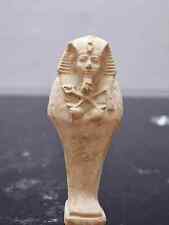
Rare King Ramesses II Pharaonic Statue Replica – Majestic Egyptian Antique $135.00
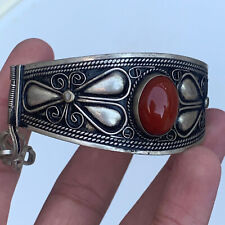
RARE ANCIENT SILVER ROMAN BRACELET ANTIQUE MILITARY AMAZING AUTHENTIC ARTIFACT $45.87
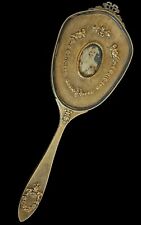
RARE 1920's Antique 14" Brass Apollo Vanity Hand Mirror w/Oval Cameo $58.99
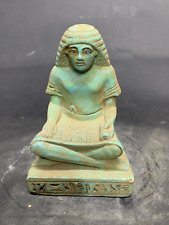
Rare Ancient Egyptian Antiques Scribe Egyptian The Writer Pharaonic Rare BC $119.00
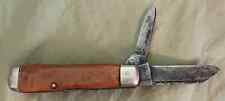
RARE ANTIQUE VINTAGE BARNSLEY BROS BROTHERS 2-BLADE POCKET KNIFE $500.00
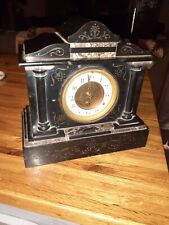
Rare Antique marble Brocot French Mantel clock with key $345.00

Top Quality Natural Diamond Cut Ancient Old Carnelian Agate Rare Antique Sting $250.00
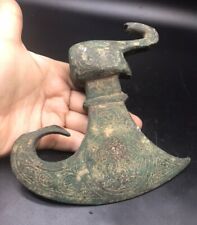
Rare Antique Ghandhara Civiliztion ELPHANT ANIMAL Bronze Axe Wiht Great Craveing $400.00
|